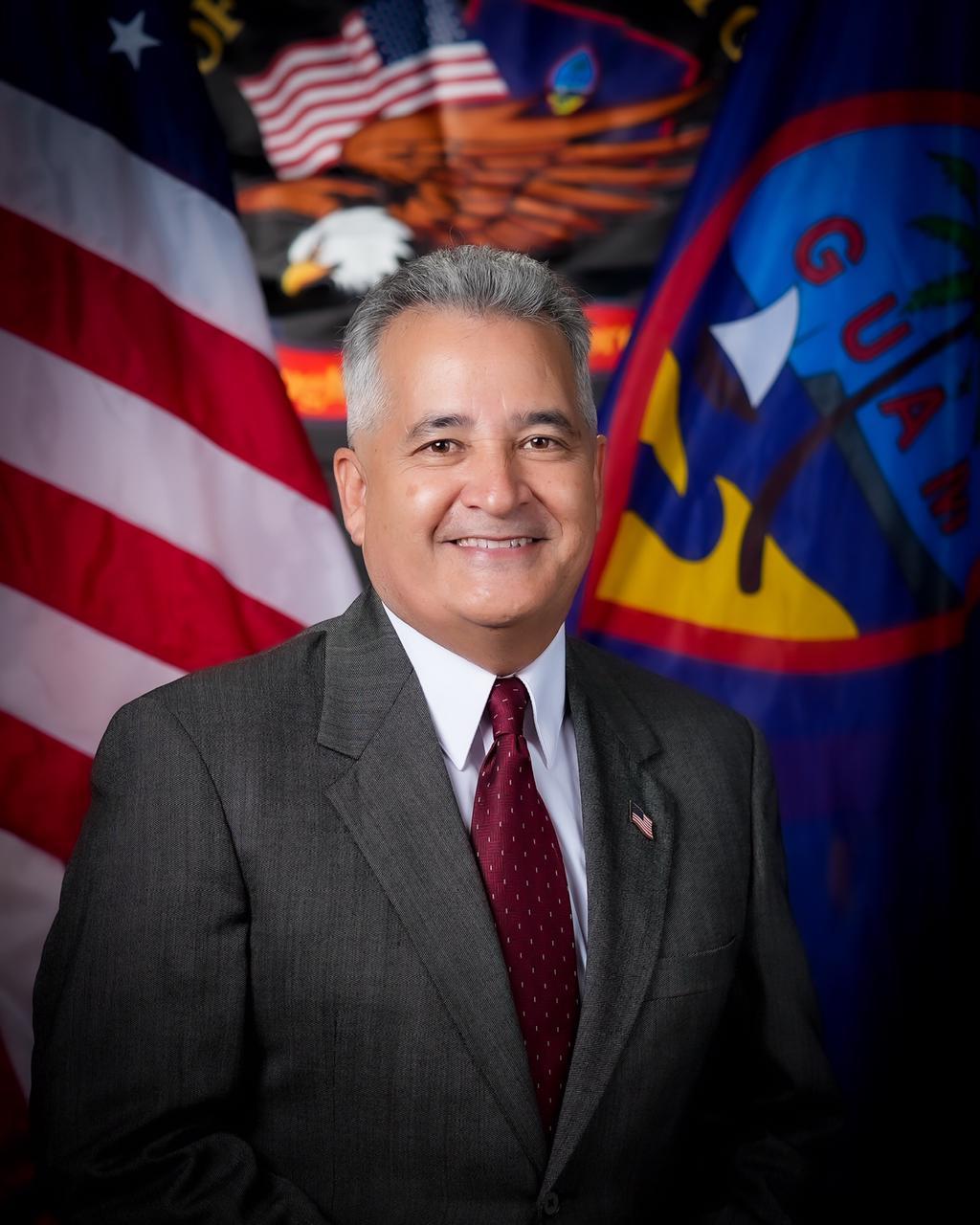Cruz sends audit to AG Moylan for criminal review

Guam Public Auditor Benjamin Cruz wants the Guam Department of Education to recover more than $2 million in illegal overtime payments made to central office staff between 2021 and 2022 that ended up shorting public schools of needed funding. And due to “potential fraud and abuse by the [Federal Programs Division] and its management,” including the finding that 12 percent of $628,000 in allegedly illegal overtime in Fiscal Year 2022 was paid to the Federal Programs Administrator, Mr. Cruz has sent his report to Attorney General Douglas Moylan for criminal review.
According to an investigative audit released today by the Office of Public Accountability, scores of central office administrative staffers, who are not eligible for overtime according to the laws of Guam, received $1.5 million in overtime payments in Fiscal Year 2021, and another $628,904 in Fiscal Year 2022. One employee, the audit found, was paid 58.5 hours in overtime in one week, meaning he or she worked an average of 20 per work day in that given week.
Another employee, the audit revealed, charged an average of more than 30 hours per week in overtime for eight consecutive weeks. “In other words, this employee worked for about 12 hours every day for six days in a week,” the audit summary states.
Another 16 employees charged an average of more than 20 hours per week on multiple pay periods.
Federal accounts charged, local funds used
The paper trail of the illegal overtime goes back to May 2020, when central office staffers, mainly from the FPD, logged overtime hours. According to the audit, it was not until September 2021, when those employees were paid for those charges in a special check run approved by former superintendent Jon Fernandez. The problem, according to the audit, was that GDOE was charging the overtime payments to federal pandemic funds. The U.S. Department of Education, which is the grantor, required eligible overtime be paid only after a prior plan for the overtime needed was approved by the superintendent. There was no approved plan until September 2021, yet GDOE ran overtime checks two weeks after approval for overtime illegally charged more than a year earlier.
Though the overtime was charged to federal pandemic funds accounts (funds primarily purposed by Congress for the repair and augmentation of schools to account for pandemic-era changes), it was local money that was used to pay the illegal overtime. This is because of GDOE’s high-risk federal funds grantee status and the resulting requirement that local funds be used to pay federal charges, and then U.S. DOE will reimburse GDOE for the expenditure.
”Appropriations to the General Fund operations initially pay for the costs. After that, GDOE would seek reimbursement from the Third Party Fiduciary Agent (TPFA),” the audit states. “However, since overtime was paid, appropriations from other approved budget categories were used and shorted until reimbursements were received. The overtime payments were processed as special check runs and were charged to the ESF II-SEA grant and a corresponding accounts receivable was recorded for reimbursement. As of the date of this report, overtime costs remain as a receivable, pending reimbursement. We recommend that the GDOE seek recovery of the local funds that were paid for ineligible overtime.”
Disparity between office workers and essential workers
The illegal overtime payments, according to the audit, were made to exempt employees, or those employees ineligible for overtime under Guam law. None of them were teachers, school nurses, or who have been referred to as “essential employees.”
The audit notices the disparity between what non-school staff were paid illegally in overtime and what essential workers were paid in COVID differential funds.
The government of Guam pays its employees one-and-a-half times their base rate of pay for every hour of overtime worked. Let’s take the GDOE employee whom the audit found had charged 58.5 hours in overtime in one week, as an example. Let’s pretend that employee normally would be paid a gross amount of $1,000 for 40 hours of work charged. At 58.5 hours of overtime charged, that employee would be paid a gross amount of $3,193.75.
Mr. Cruz’s audit summary compares that type of compensation, which occurred during the public health emergency, to school nurses, teachers, and school support staff who were paid a maximum of 25 percent on top of base pay while performing duties that placed them at risk of contracting the coronavirus.
Alleged criminal violations

Aside from the audit finding that the Federal Programs Administrator received 12 percent of the illegal overtime paid in Fiscal Year 2022, the audit also found that he signed all four blocks of the required signatories for pay, including that of the certification of funds.
According to the audit, he signed as the requestor of the overtime funds for the FPD. He also allegedly signed for compliance with federal grants, and as the agency’s approving officer. The audit further states he, “Signed on the line for certifying funds through a stamp stating ‘Certified for Allowable Use of Federal Funds.’”
The audit explains:
“A significant concern highlighted in our audit is the apparent breakdown of internal controls, specifically with processing disbursement requests that were signed by an unauthorized certifier of funds. Guam law requires a Certifying Officer, who has been granted an appropriate delegation of authority, to be responsible for determining and certifying the legality of the disbursement of public funds. However, based on our review of the timesheets and our interviews with GDOE’s former and current Certifying Officers, no such appointed certifying officer certified the availability of funds.
”Instead, a certification for “allowable use” of funds was made by the Federal Programs Administrator who received, requested, and approved OT payments for compliance. A conflict of interest exists when the beneficiary of the payment is also part of the approval process. Segregation of duties was rendered ineffective when a document containing one signature for four different roles went through the disbursement process.
”As a result, payments were disbursed to employees via special payroll check runs. Per Guam law, a disbursing officer is responsible for disbursing funds only upon, and in accordance with duly certified vouchers, examining vouchers as necessary to ensure that they are in the proper form, duly certified and approved and correctly computed based on the facts certified. The noncompliance may result in a dismissal and personal liability of the employee or officer responsible for the payments.“
In his findings and recommendations, Mr. Cruz indeed suggests that GDOE look into stripping the Federal Programs Administrator of management and oversight of federal funds.
According to the island’s Certifying Officers statute, “A certifying officer shall be required to make restitution to the government of Guam for the amount of any illegal, improper or incorrect payment resulting from any false, inaccurate or misleading certificates made by the certifying officer, as well as for any payment prohibited by law or which did not represent a legal obligation under the appropriation or fund involved.”
The same statute says that people found guilty of violating this law commit criminal misdemeanors and may be punishable by up to three years in prison.
Kandit reached out to the Federal Programs Administrator for comment, though he has not responded as of publication of this story.





